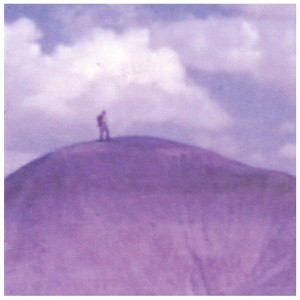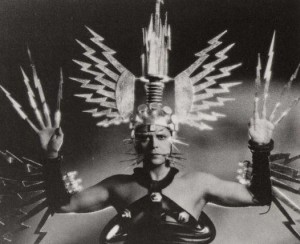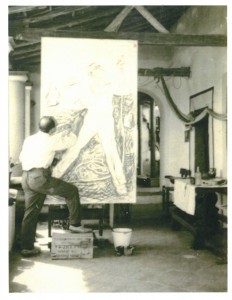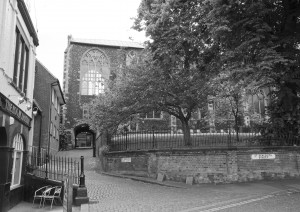
A lecture by Mark R. Eischeid
Thursday, September 10th
11:50 AM
Mark R. Eischeid is an Assistant Professor of Landscape Architecture at the University of Oregon where he teaches history, theory, and design. He received his MFA in Art Space + Nature from the Edinburgh College of Art, an MLA from UC Berkeley, and a BS in Applied Earth Science from Stanford University, and he is currently pursuing a PhD from the University of Edinburgh. His research focuses on the history, theory, critique, and aesthetics of 20th and 21st century landscape architecture.
Mark has previous professional experience in geology, and is a licensed landscape architect (California). Mark is also a practicing artist, and has exhibited in solo and group exhibitions in the UK, Japan, Denmark, and Greenland.
Exploding the Infinite: The Sublime Landscapes of Dan Riley
The perception or suggestion of the infinite has been cited as one of the mechanisms by which we judge an object or an environment to be sublime. In A Philosophical Enquiry into the Origin of our Ideas of the Sublime and Beautiful, Edmund Burke described the “artificial infinite” as one of the identifying characteristics of the sublime. Burke suggests that the artificial infinite can be expressed as a sequence or repetition of uniform elements or as spaces with obscured or indeterminate boundaries or limits. Dan Kiley, a pioneering and distinguished practitioner of 20th century modernist landscape architecture, consistently spoke of his desire to express a sense of infinity in his designed landscapes.
Kiley’s design philosophy parallels Burke’s definitions, as evidenced through selected design projects, writings, and interviews. Kiley’s use of the grid to repeat landscape elements (trees, hedges, lights, benches) through various landscape types (allées, avenues, bosques, orchards), coincident with the creation of continuous spaces and indeterminate boundaries, exemplify how he intended to create a sense of infinity in his designed landscapes. This talk will illustrate Kiley’s expression of the artificial infinite through his work at the Miller Garden (1955, Columbus, Indiana), North Christian Church (1964, Columbus, Indiana), and the Donald J. Hall Sculpture Park (1988, Kansas City, Missouri) based on recent fieldwork.





